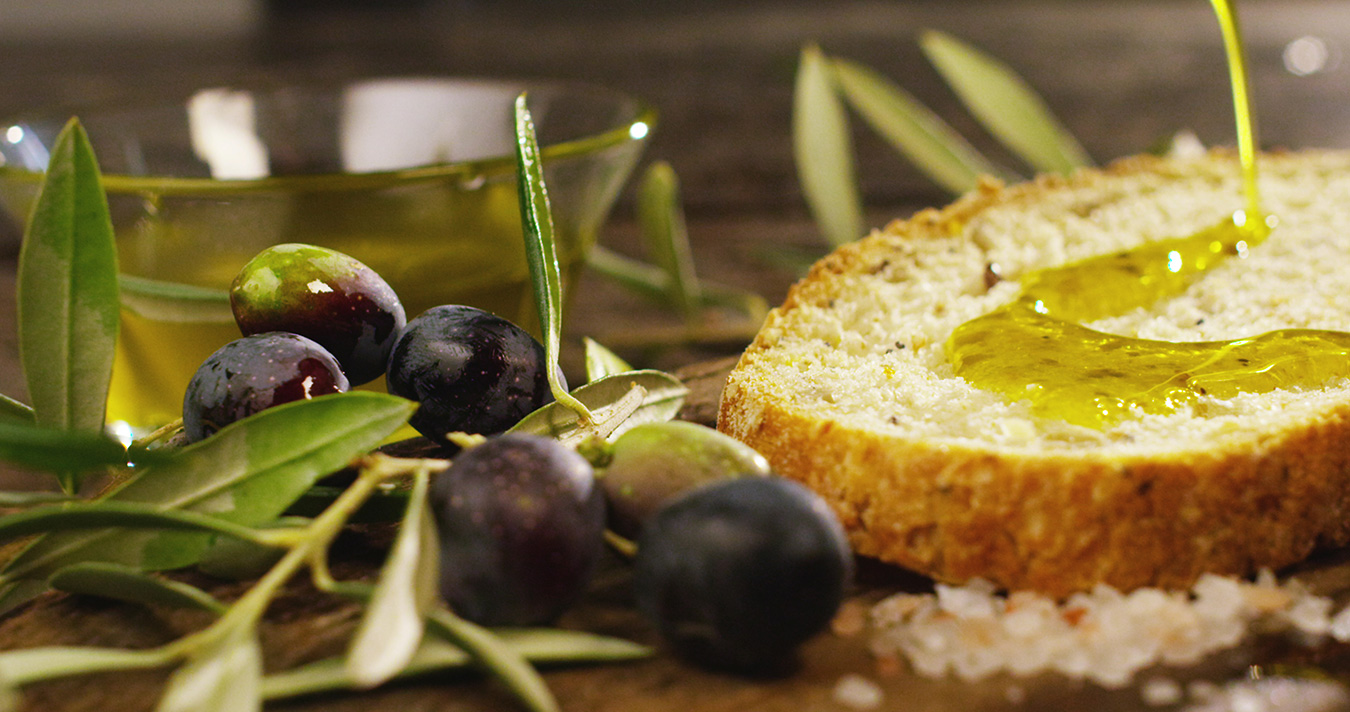Health Benefits of Extra Virgin Olive Oil
Extra virgin olive oil has numerous properties, which are highly beneficial to our health.
- Its consumption stimulates bone growth and the absorption of calcium, is highly beneficial to our cardiovascular system and helps in the prevention of skin agin, cancer and diabetes.
- It helps the bad cholesterol levels go down without affecting the good cholesterol. It is also used in
- the cosmetic industry for skin care, hair treatment shampoo, olive oil soap, etc.
- It is an essential component of the Mediterranean Diet. International medical research indicate the eating habits and lifestyle of persons living in the Mediterranean Region can be attributed to them living longer and having fewer cardiac problems and other related diseases. The Mediterranean Diet is based on the food patterns typical found in Greece and primarily on the island of Crete and not typical of other countries located in the Mediterranean Region. This diet that consists of high daily consumption of olive oil, fresh fruits and vegetables, legumes, unrefined cereals, moderate consumption of dairy products such as cheese and yogurt, fish, poultry and wine and low consumption of red meats.
Why choose Estélla Organic, PDO Kalamata or Reserve Extra Virgin Olive Oils
Similar to wines, not all live oils are the same. Olive oils have a very complex sensory, aromatic and tasting attributes. The differences in olive oils depend on the variety of olives, the land where they are grown and the processing. Our olive oil is an all natural product that is fruity, aromatic, flavorful and is cholesterol and sodium free. It is obtained from the fruit of the olive tree using solely mechanical or other physical means, under specific conditions which do not alter the properties of the oil in any way. It has not undergone any treatment other than decanting, centrifuging and filtering and is cholesterol and sodium free with an acidity level between 0.3% – 0.5%.
What Color Says About Olive Oil
The color of olive oil depends on various factors which effect the final product such as: farming techniques, soil type, climate conditions, geographic latitude, variety of the olive tree, production methods, storage, etc. Another factor that influences the color of olive oil is how ripe the olives are when they are harvested from the olive trees. Olive oil made from unripe, green olives has a light to deep green color. Whereas, olive oil made from ripe olives tends to have a golden or light yellow color.
However, the color of olive oil is not an indicator of quality in relationship to culinary uses. For this reason, the International Olive Oil Council (IOOC) recommends that when Olive Oil Testing Panels conduct an Organoleptic Assessment, they use a standard dark blue glass to perform the testing so that the panel members are not affected from the color of the olive oil.

